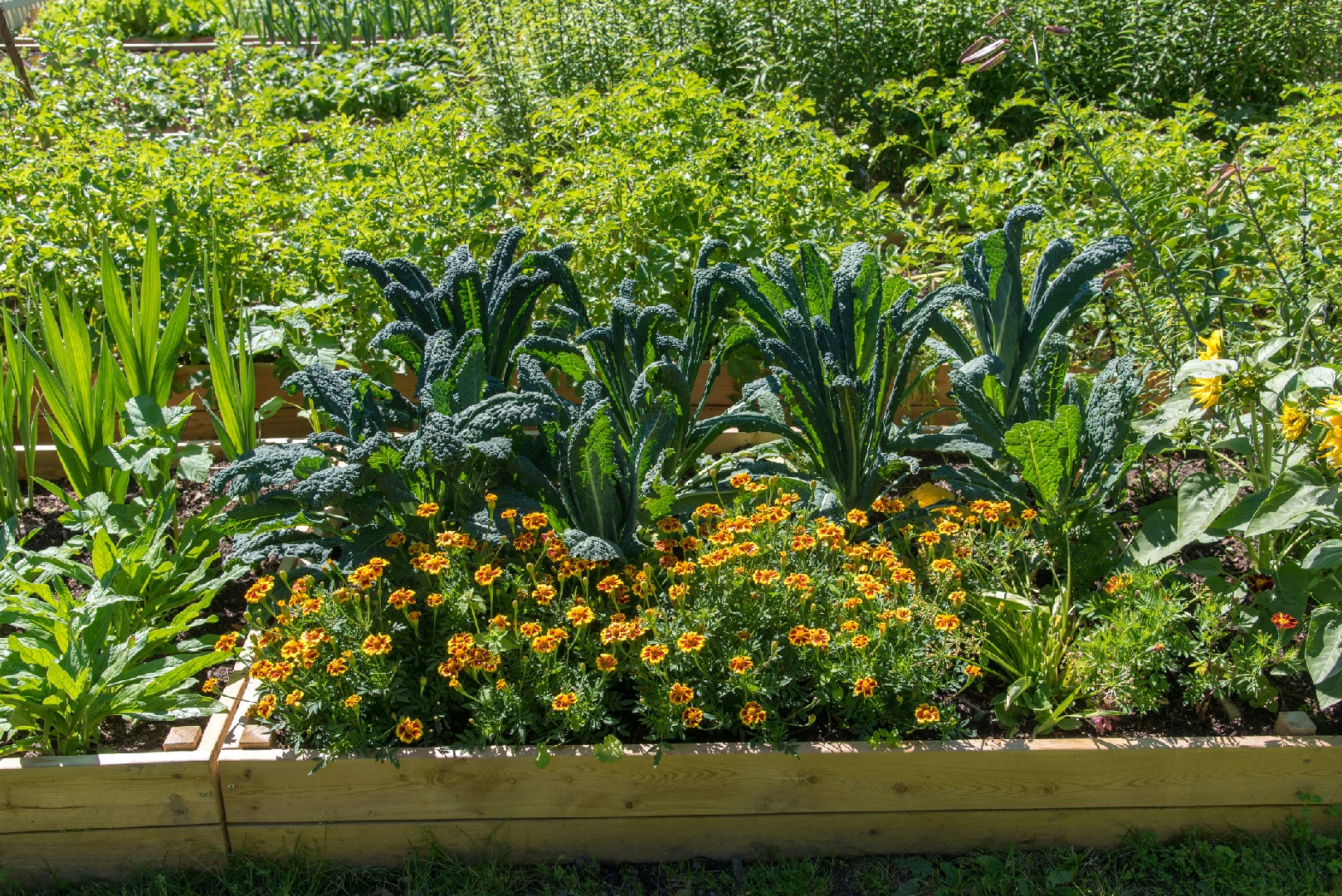![Rectangle]()
Understanding Organic Edible Gardening
Organic edible gardening is a sustainable and healthy way to grow your own food while avoiding the use of artificial fertilizers, pesticides, and genetically modified organisms (GMOs). By following organic gardening practices, you can ensure that the food you eat is free from harmful chemicals and genetically altered ingredients. In this section, we will explore the advantages of organic gardens and the various possibilities they offer for growing a wide range of plant varieties.
One of the key advantages of organic gardens is their sustainability. By avoiding the use of synthetic fertilizers and pesticides, you can help protect the environment by reducing water pollution, soil degradation, and harm to beneficial insects and animals. Organic gardening also promotes biodiversity, as it provides a habitat for a variety of beneficial organisms, such as earthworms, bees, and birds, which help maintain a healthy ecosystem in your garden.
In addition to being sustainable, organic gardens also offer reduced health risks for both you and your family. By avoiding exposure to toxic chemicals found in conventional pesticides and fertilizers, you can minimize the risk of developing health problems, including allergies, respiratory issues, and even certain types of cancer. Organic gardening can also improve the flavor and nutritional value of the food you grow, as organic produce tends to contain higher levels of essential nutrients compared to conventionally grown produce.
When it comes to organic edible gardening, the possibilities are endless. You can grow a wide range of plant varieties that support a balanced diet and provide you with a bountiful harvest throughout the seasons. Start by planning your garden and deciding which fruits, vegetables, and herbs you want to grow. Consider factors such as your location, soil type, and available sunlight to determine the best plants for your garden.
To enrich your organic garden, there are several methods and skills you can employ. One popular technique is companion planting, which involves planting complementary plants together to enhance growth and deter pests. For example, planting marigolds alongside tomatoes can repel harmful insects and improve the overall health of the plants. Additionally, learning about crop rotation can help you prevent the buildup of pests and diseases in your garden, as different plants have different nutrient requirements and susceptibility to certain pests.
Another important aspect of organic gardening is maintaining soil fertility. Instead of relying on synthetic fertilizers, you can use natural fertilizer options such as compost, manure, and organic matter to nourish your plants. Compost is a nutrient-rich soil amendment that can be made from kitchen scraps, yard waste, and other organic materials. By incorporating compost into your soil, you can improve its structure, fertility, and water-holding capacity.
In conclusion, understanding organic edible gardening is key to cultivating a bountiful and sustainable harvest. By avoiding the use of artificial fertilizers, pesticides, and GMOs, you can enjoy the numerous advantages of organic gardens. Whether you choose to start small with a few pots of herbs or embark on a larger gardening endeavor, there are plenty of methods, skills, and knowledge to explore. From companion planting to soil enrichment, organic gardening offers practical value and the opportunity to connect with nature while growing your own nutritious and delicious food?





